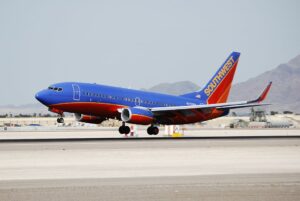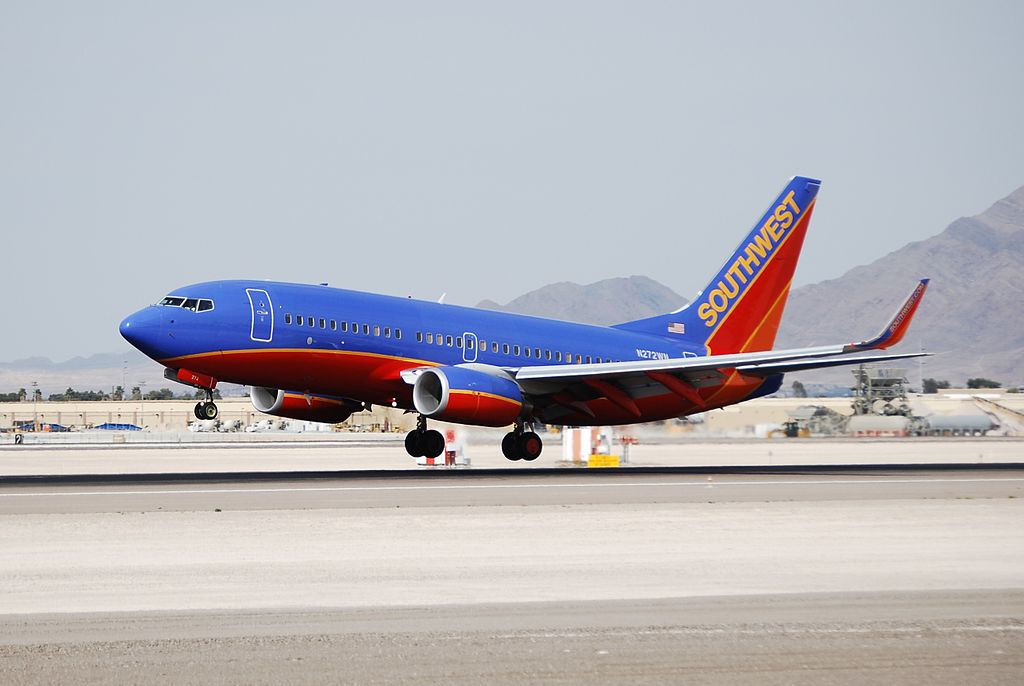Boeing Rumored to End 747 Construction By 2022

Weeks after Airbus celebrated the final shipment of A380 components to Toulouse, The Boeing Company could be pulling the plug on the original jumbo jet. A financial report suggests the Chicago-based manufacturer could be ending the 747 program after 50 years.
The jumbo jet era may be coming to an end, as “insiders” at The Boeing Company suggest the final 747-8 will roll off the assembly line in 2022. Bloomberg reports the unannounced change is implied from the company’s financial statements.
50 Year Legacy Could Come To An End
The iconic 747 made its debut in 1970, with Pan American World Airways. With its trademark upper deck at the front of the aircraft, the aircraft earned the name “Queen of the Skies” for its luxury and innovation as the first twin-aisle commercial aircraft.
While still in use with international carriers British Airways, Lufthansa and Korean Air, the jumbo jet is becoming a less familiar sight at major airports. In 2017, United Airlines flew the final 747 commercial flight from Seoul Incheon International Airport (ICN) to San Francisco International Airport (SFO), before giving it a farewell run from San Francisco to Honolulu.
According to Bloomberg, accelerated airline retirements and lack of new orders could spell the end of the program. The publication cites anonymous Boeing insiders “familiar with the matter,” suggesting that changes with financial statements make it an impending decision. The company has not made any announcements about the program.
In a statement to FlyerTalk, Boeing did not announce or suggest any changes to the 747 program. As of May 31, 2020, the Chicago-based manufacturer had 16 outstanding 747 orders to be fulfilled.
“At a build rate of half an airplane a month, the 747-8 program has more than two years of production ahead of it in order to fulfill our current customer commitments,” reads Boeing’s statement to FlyerTalk. “We will continue to make the right decisions to keep the production line healthy and meet customer needs.”
Jumbo Jets Falling Out of Fashion
If the Boeing 747 program comes to an end, it would mark the end of the jumbo jet era. In June 2020, Airbus celebrated the final convoy of A380 parts from a French factory to Toulouse, where the final superjumbo jets will be assembled.
Air carriers have slowly moved away from jumbo jets to lighter, more efficient two-engine aircraft, as they look to shore-in costs and reduce their carbon footprint. In 2017, KLM announced they would retire their 747 fleet in favor of the 787 Dreamliner, because the airframe is more fuel efficient and offers flexibility in operations.

























What found memories of flying upper deck in a 747. Loved the days of dining in the sky upstairs on a Pan Am 747. I will miss the 747.
My dad was on the second flight ... he was a big PanAm user and my mother would not let him take the first flight ! I have fond memories of going to JFK for a launch party and getting to see all the interesting parts of the plane. We lived in Japan for a year just before the launch ... taking the 47 was such a leap forward. It's really hard to explain to people what one planes impact was .... The SP later in the 70's eliminated our normal vacation in Hawaii as we no longer needed a stop over. My dad loved seat 1J ... he traveled alone often. PanAm had the best Salmon !!
I think you mean production. I don't think I have ever heard of plane production called construction.
...the "Queen of the Skies" will live on for years to come as a premiere cargo hauler. It originally was born out of a three way competition between Boeing Lockheed and McDonnell Douglas for a high capacity logistical aircraft for the Air Force. As we all know, Lockheed won out with its C-5 Galaxy. Were it not for Juan Trippe and the failed SST concept (see below) the idea of a large wide body commercial passenger transport may never have occurred. What few know is that the 747 was actually seen as an "interim" long range aircraft which was to be replaced by the forthcoming SST's. Once taken out of passenger service many were expected to be converted to bulk freighters hence they were engineered with handling heavy loads in mind. Of course that never happened as the cost, high fuel consumption and environmental impact of large supersonic aircraft crisscrossing the globe was their downfall This put the 747 in the position of being the leader in passenger travel with it's spacious cabin, amenities, and range. It also spurred development of other wide-body aircraft like the DC-10, L-1011, 767, Aribus 300 series and even the Soviets with the IL 86/96. . I am fortunate to have experienced travelling on 747s a number of times, (including the original -100), and will surly miss the spaciousness and comfort. The only other twin aisle "heavy" that even came close was the L-1011. As a pure freighter, the 747 has and advantage other wide body aircraft don't (including the A-380) in and that is the ability to have a hinged nose for loading of oversized cargo through the front as the flight deck is above the main passenger/cargo deck (though this option is available only for new aircraft orders, not conversions). Still with two large side doors a 747-400F can handle larger loads than most other cargo carriers save for the AN-124/-225 (both which also have through the nose loading). Incidentally the 747 was not the first Boeing aircraft with a spiral staircase, the 377 Stratocruiser (another offshoot of a military programme [C-97/KC-97]) also boasted one which led to a passenger lounge on the lower deck... In a sense the Strat was the "jumbo" of it's day offering a wider, roomier,and less claustrophobic cabin than other propliners in operation.